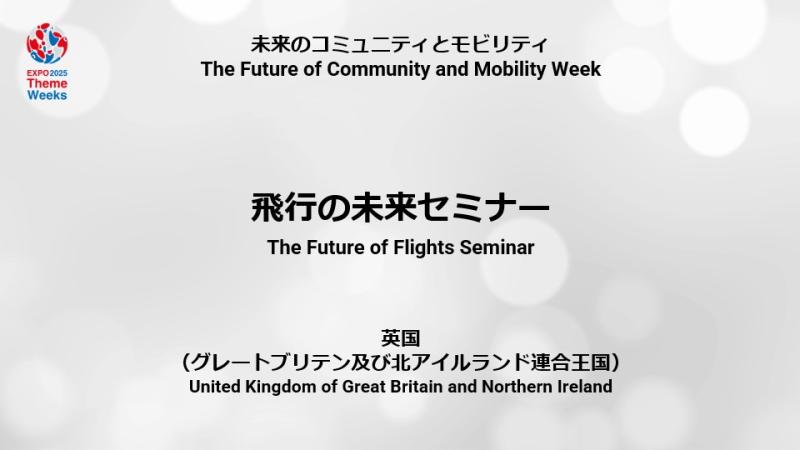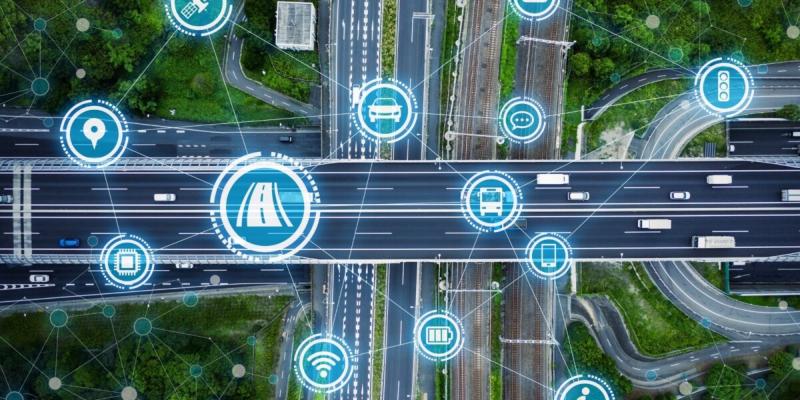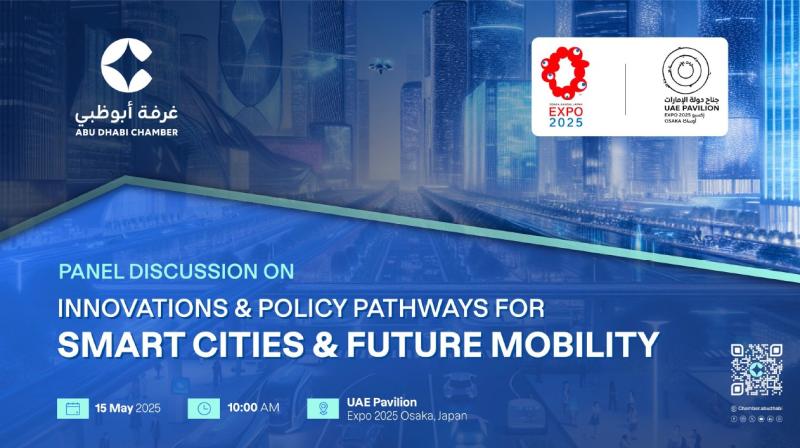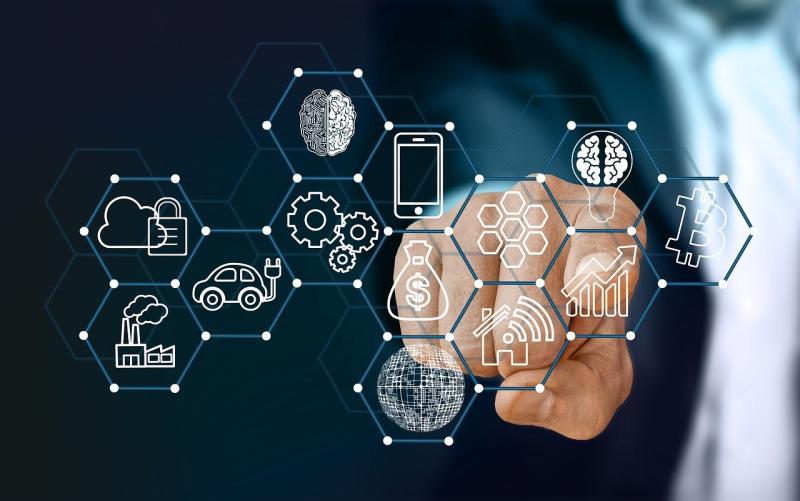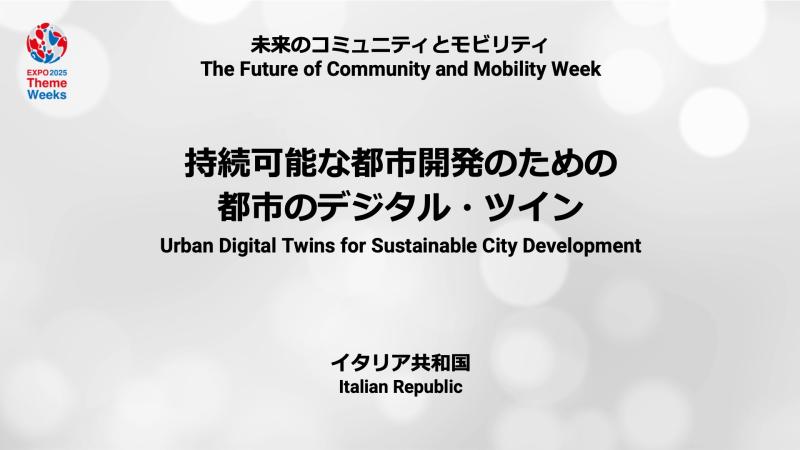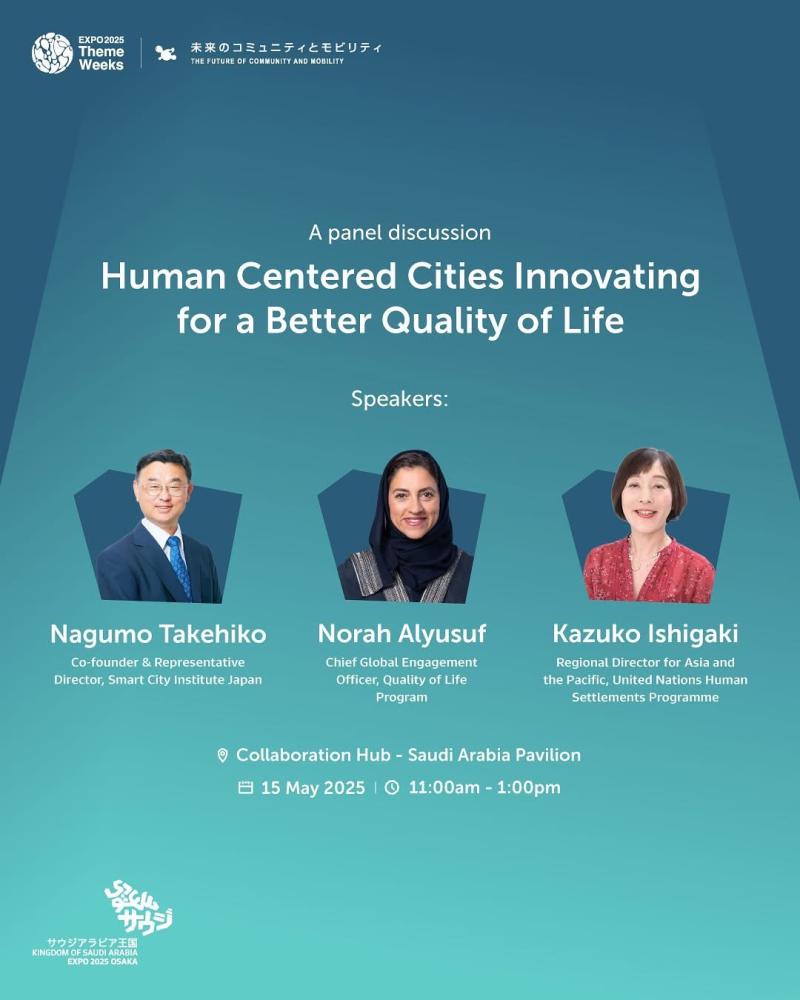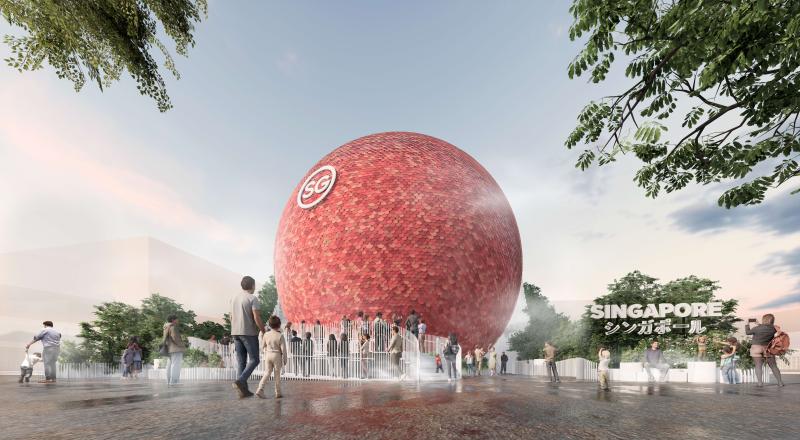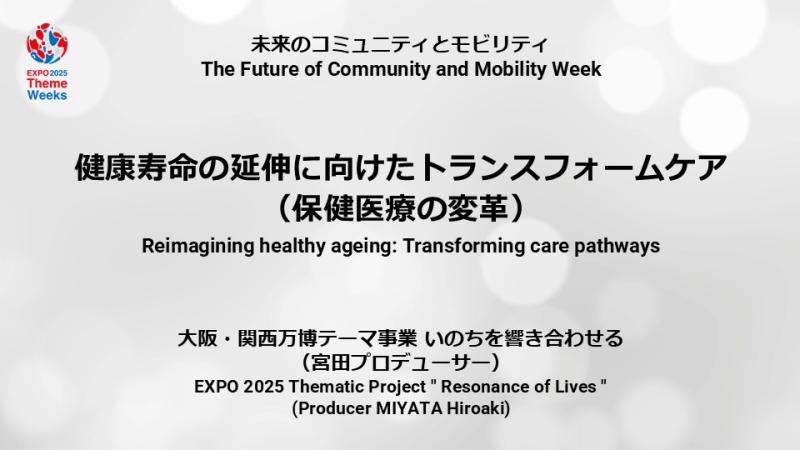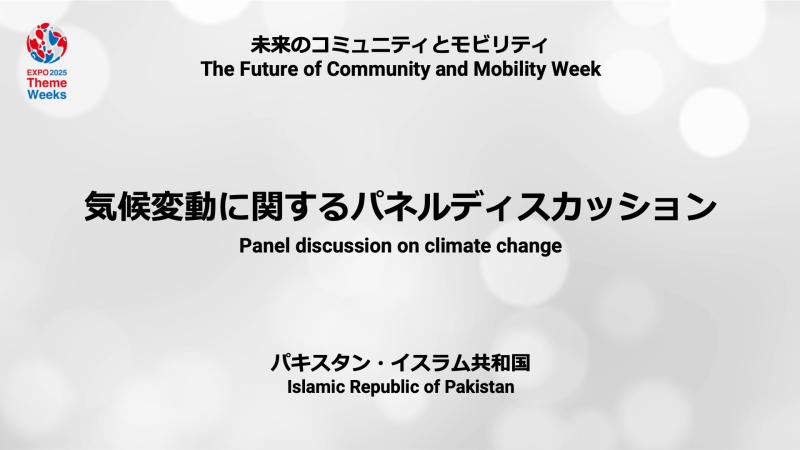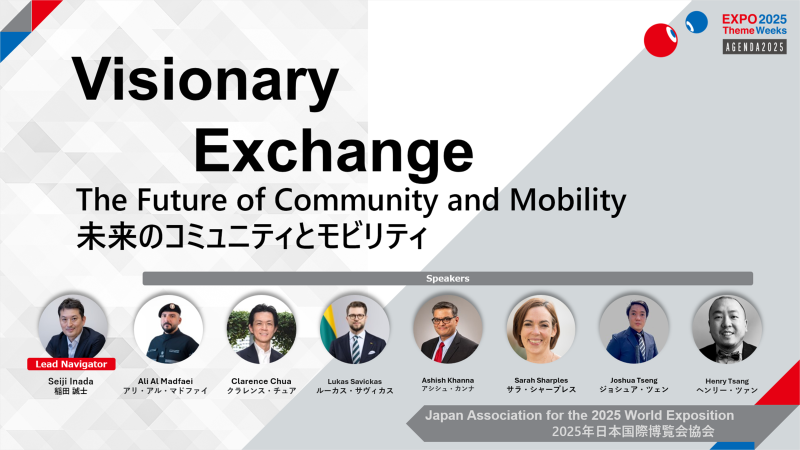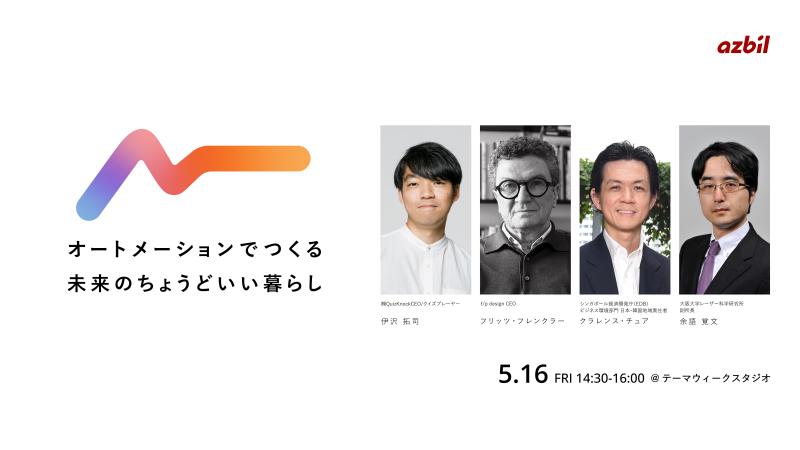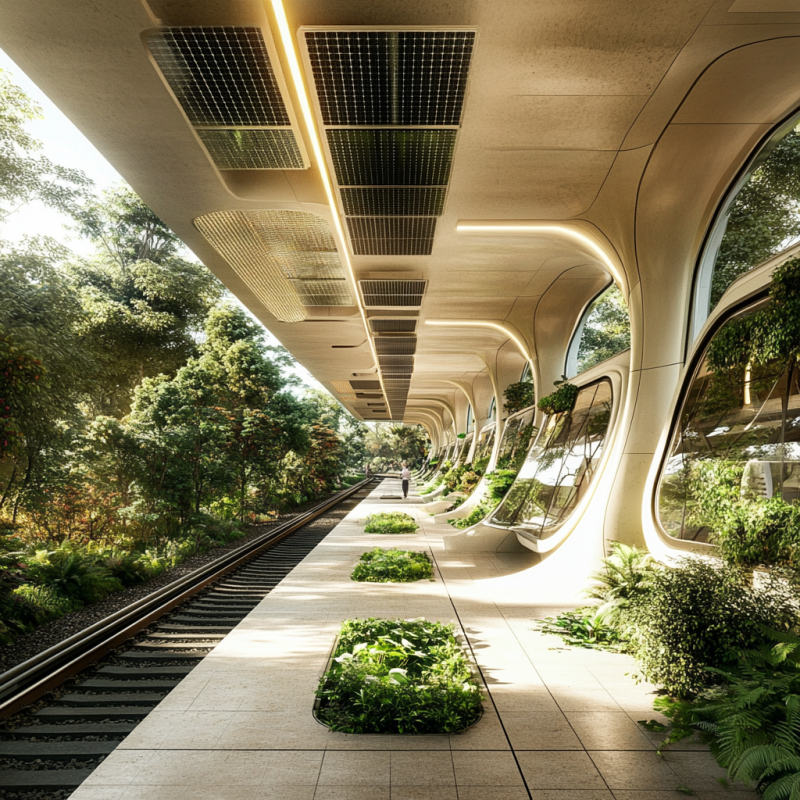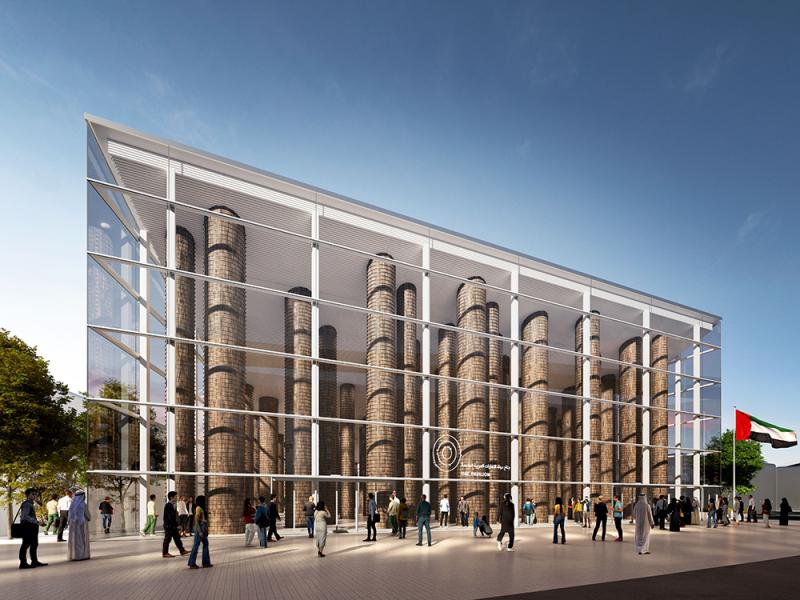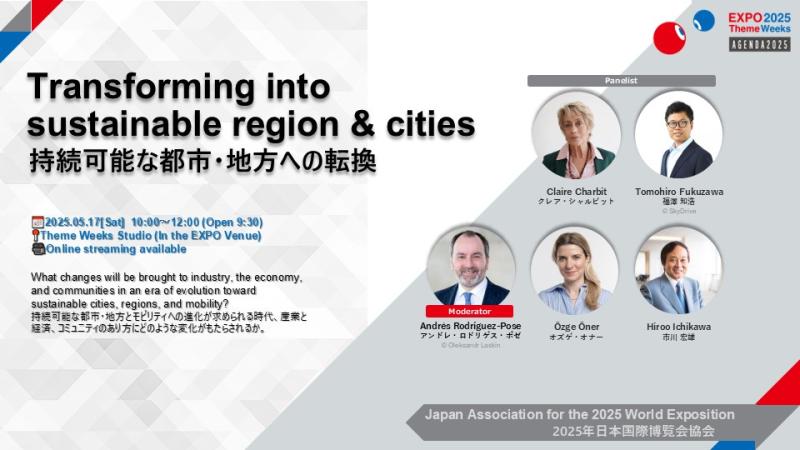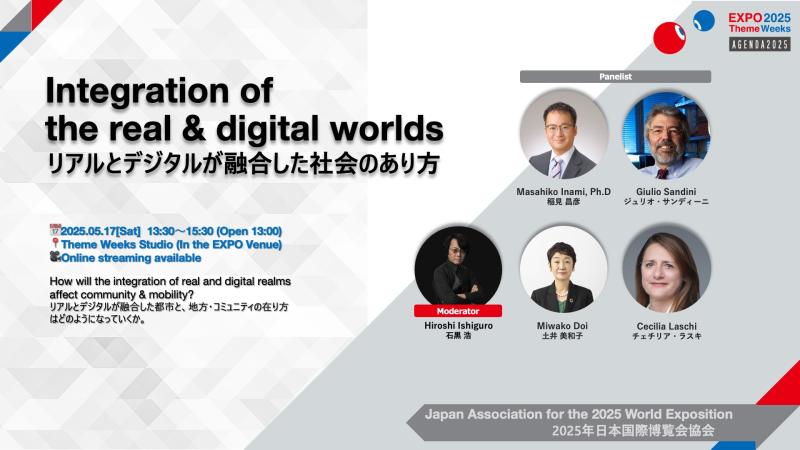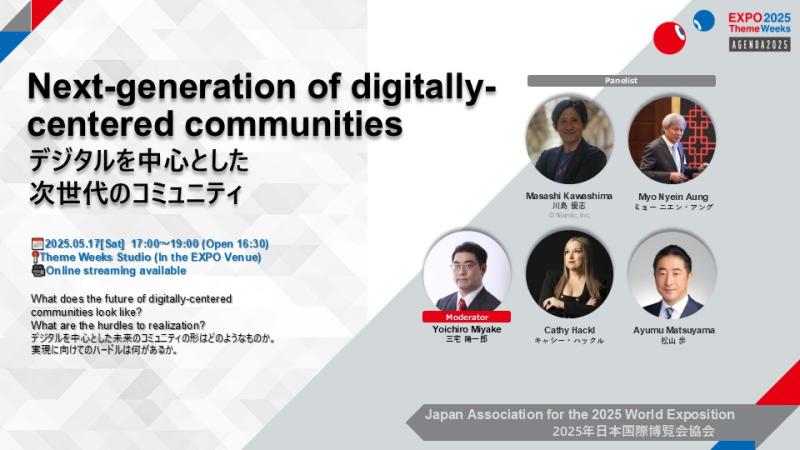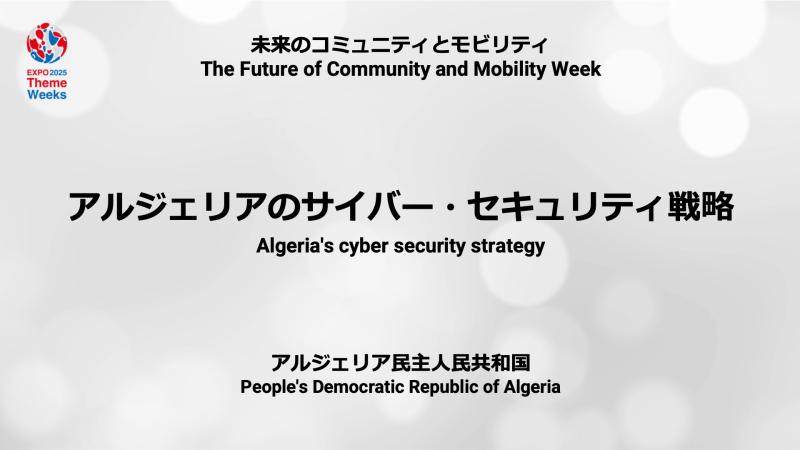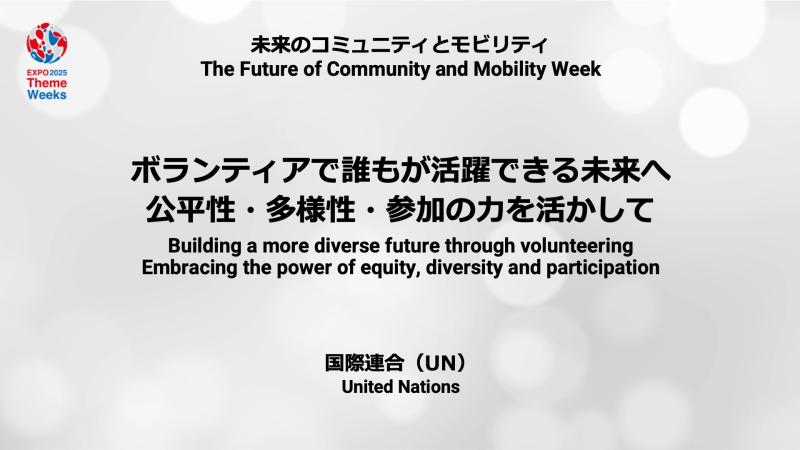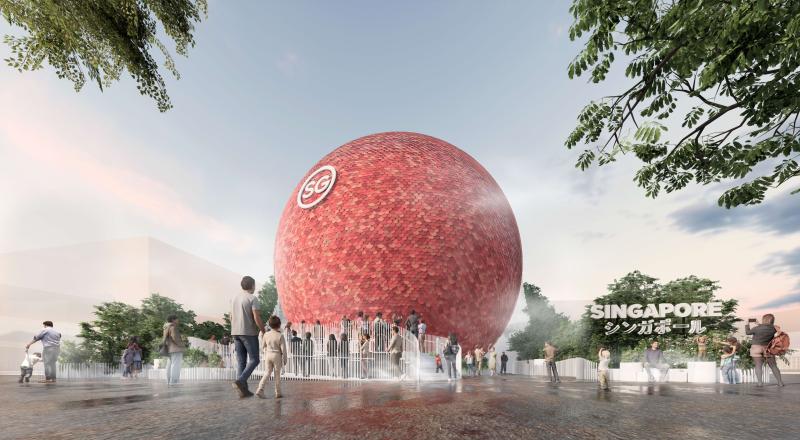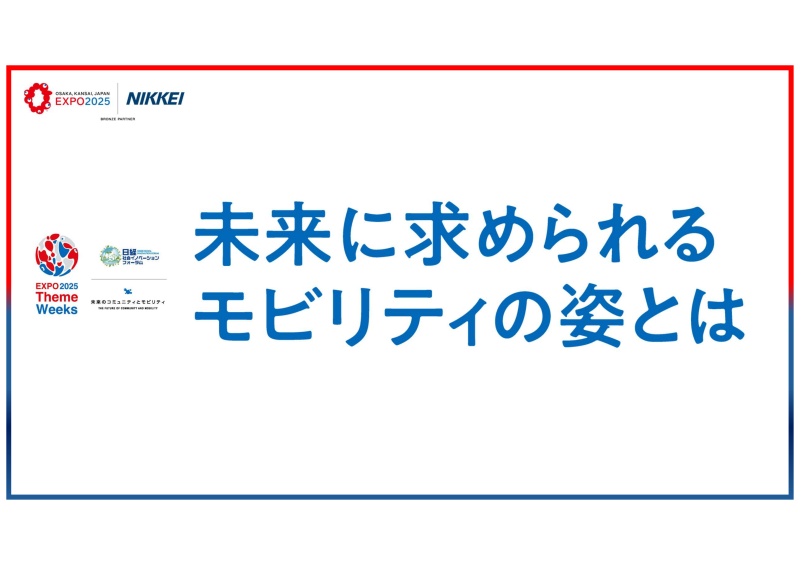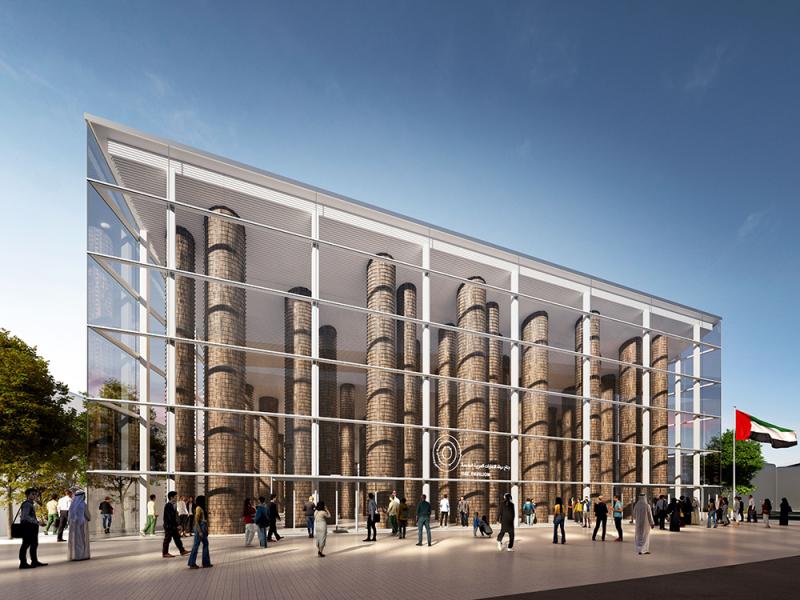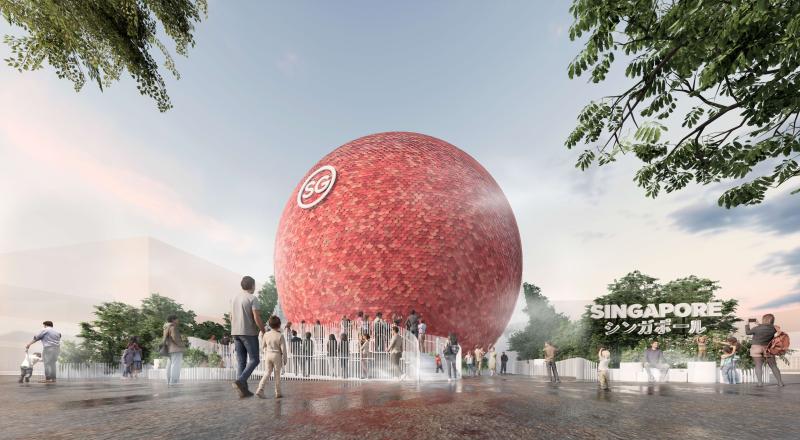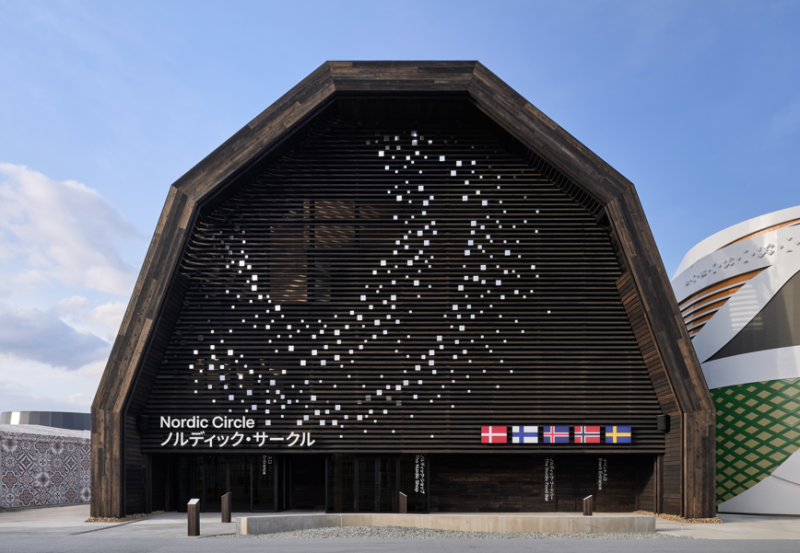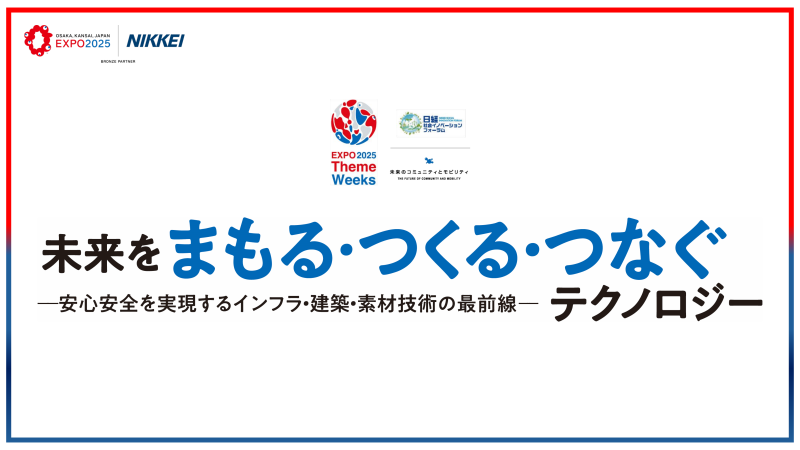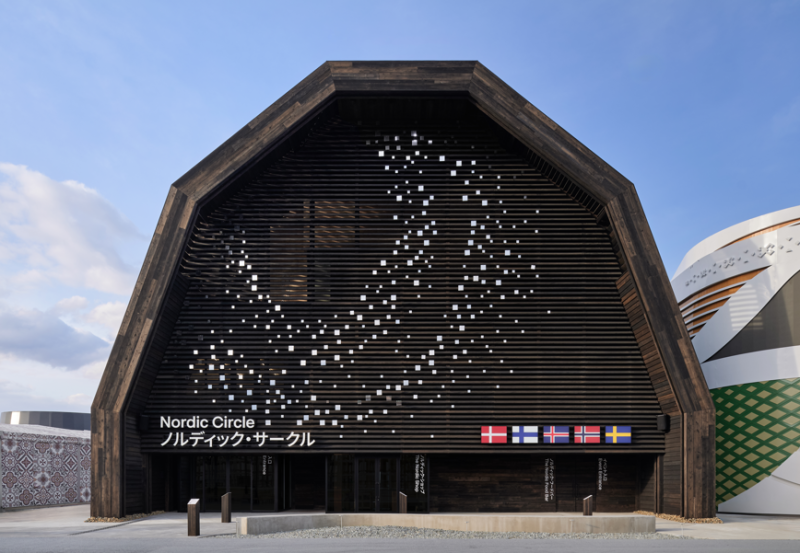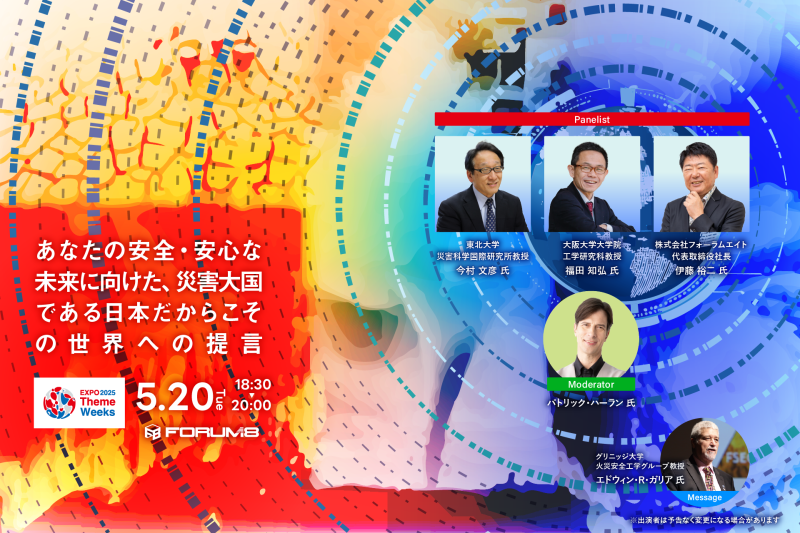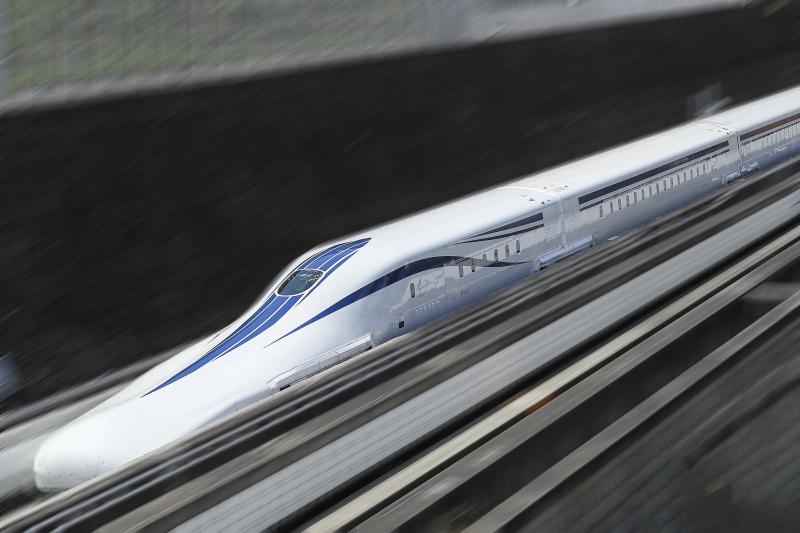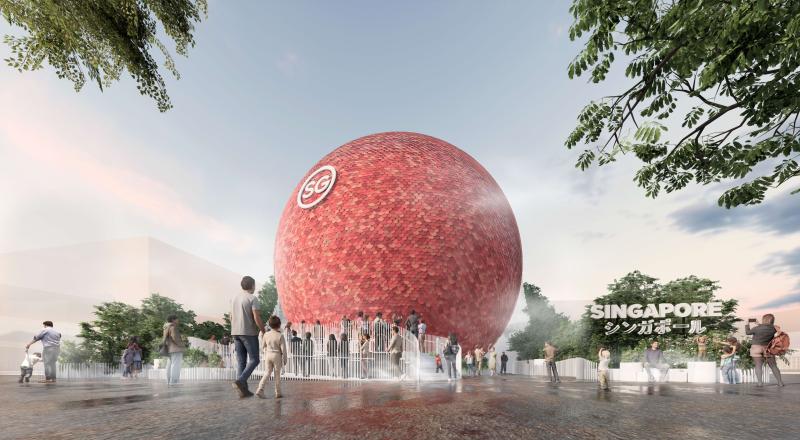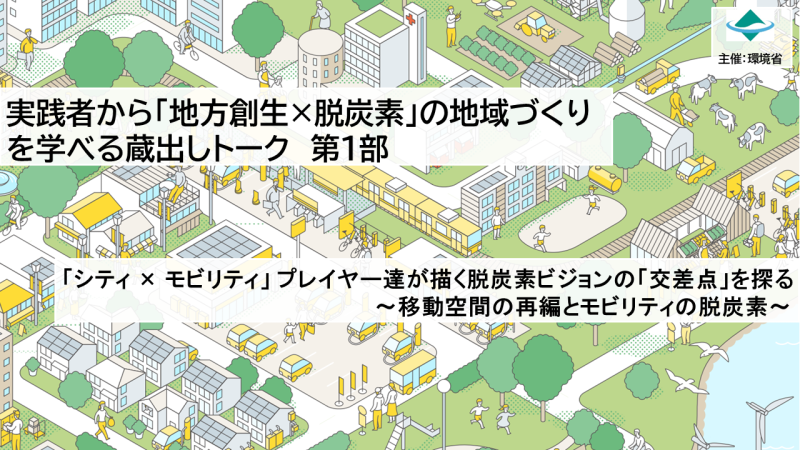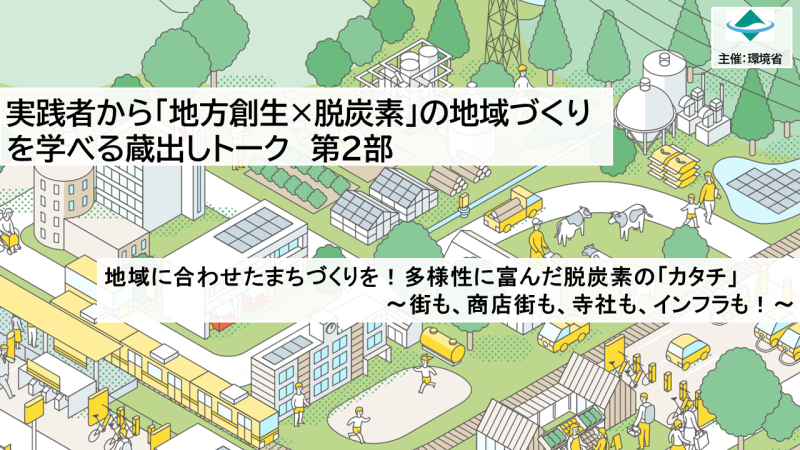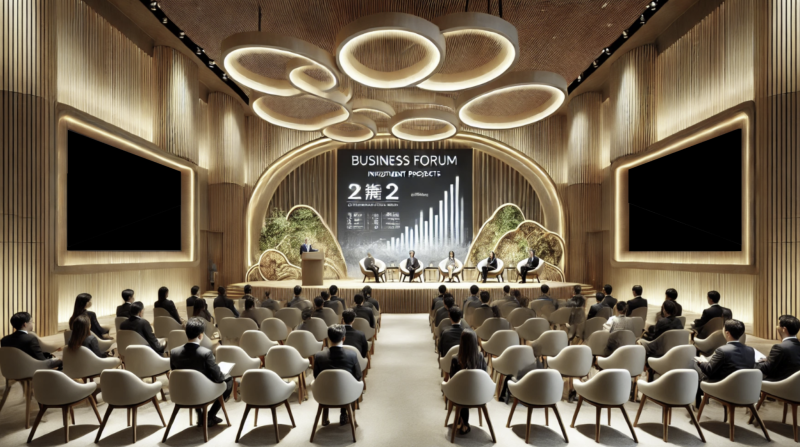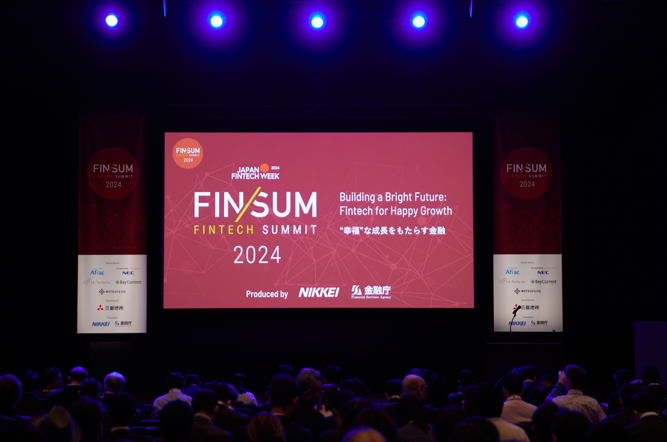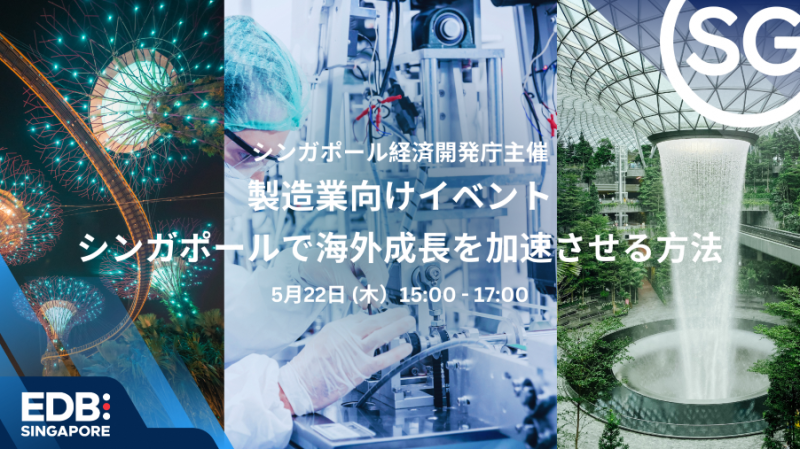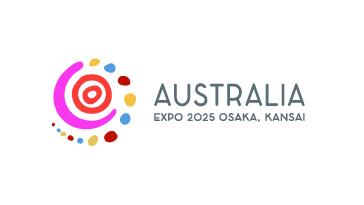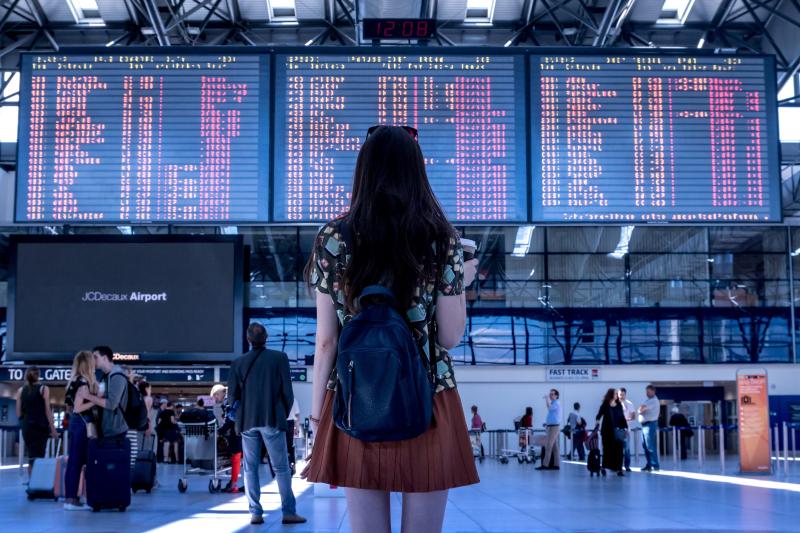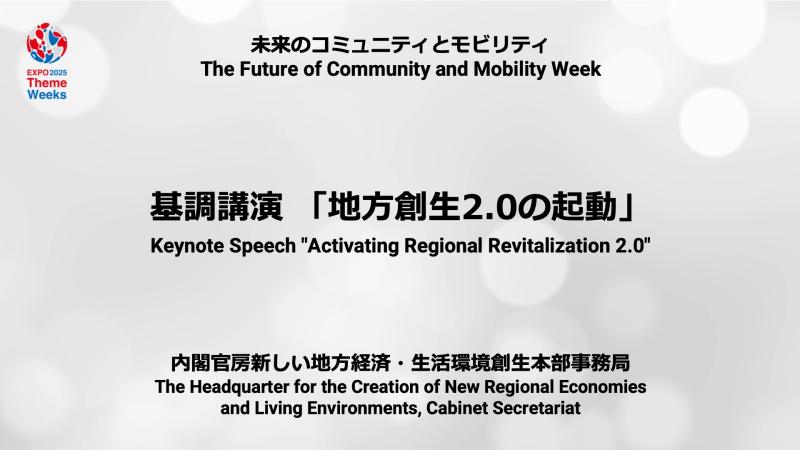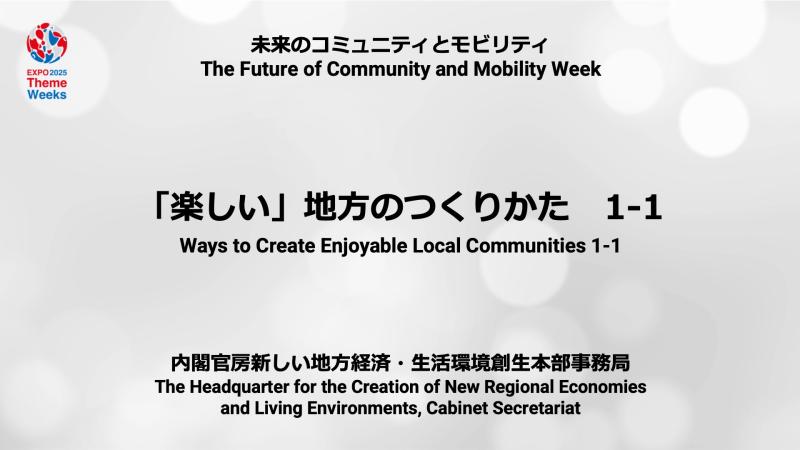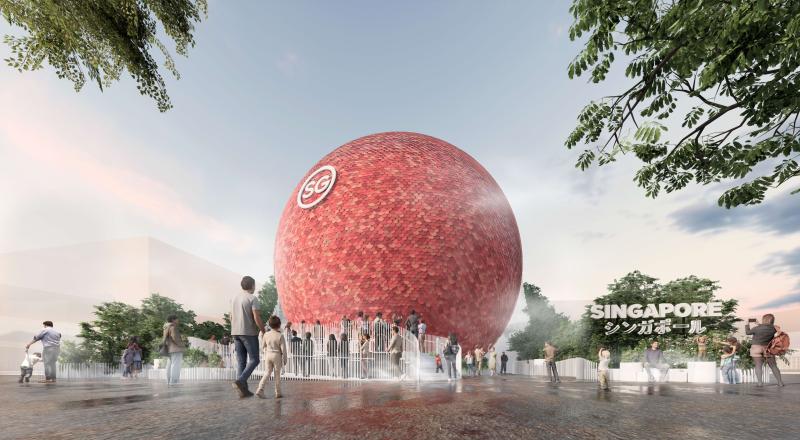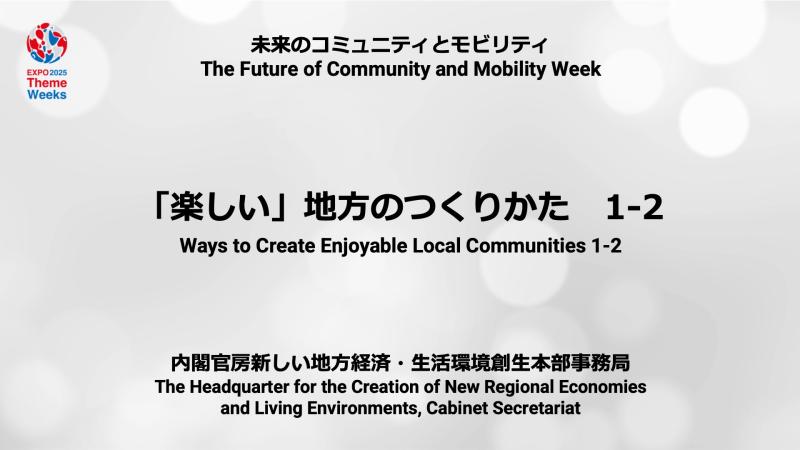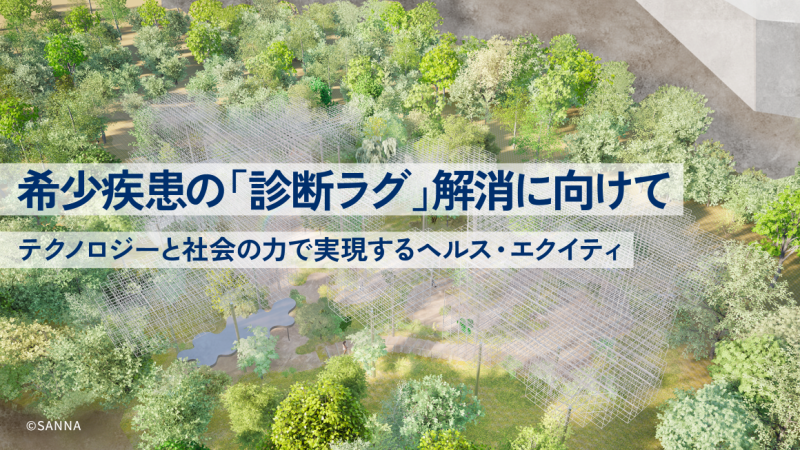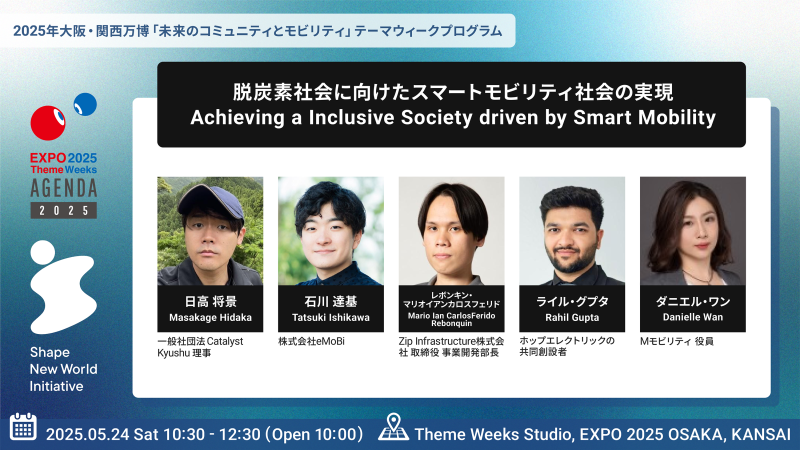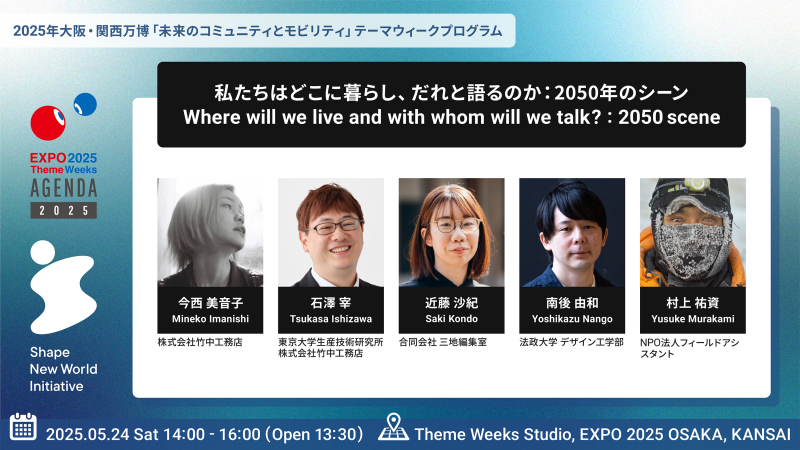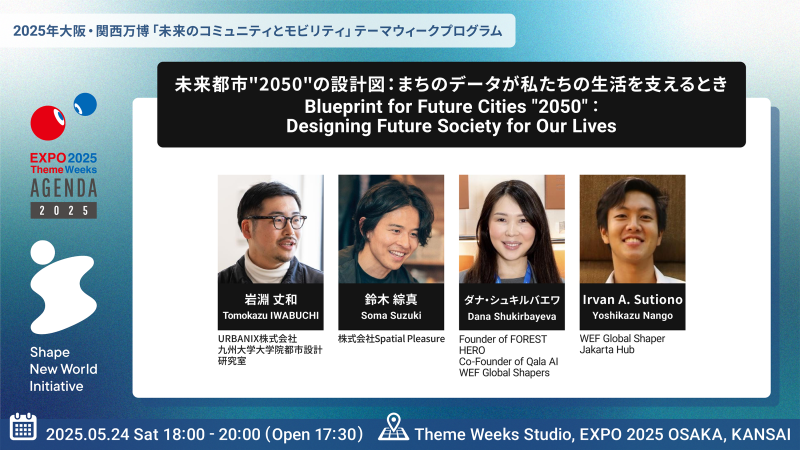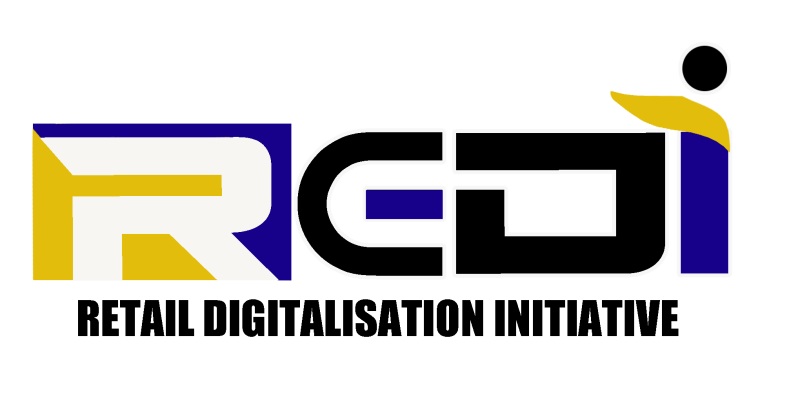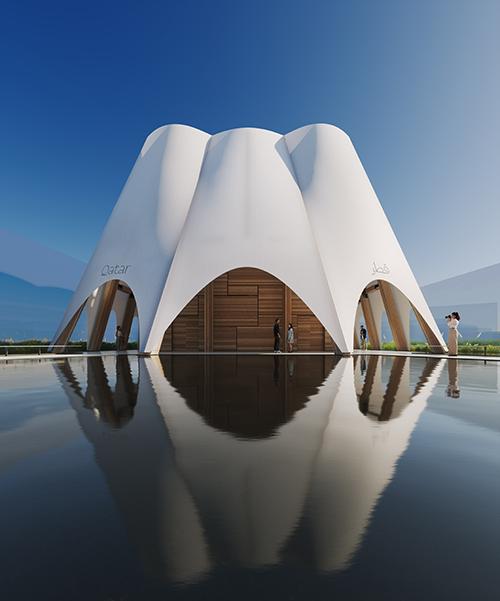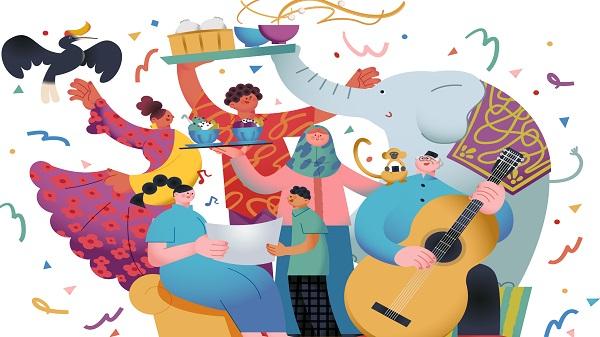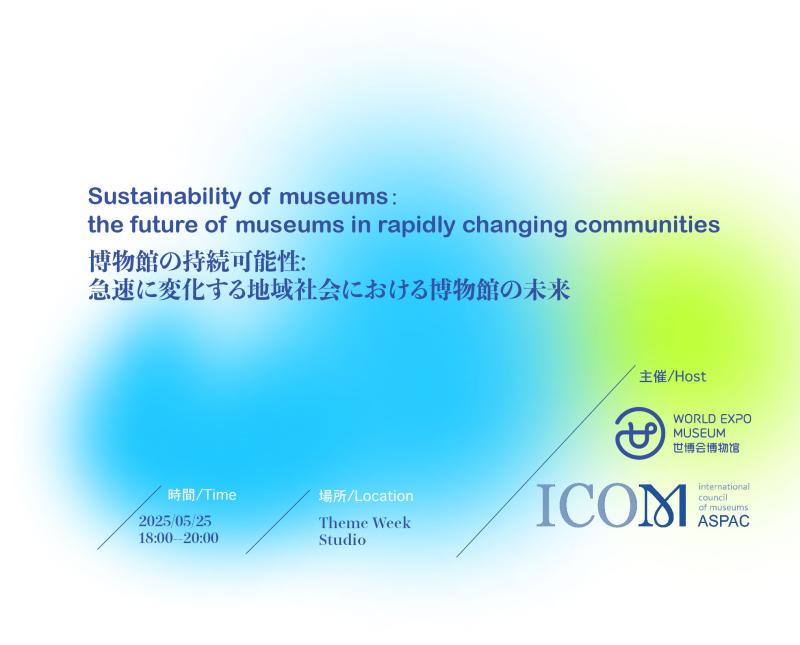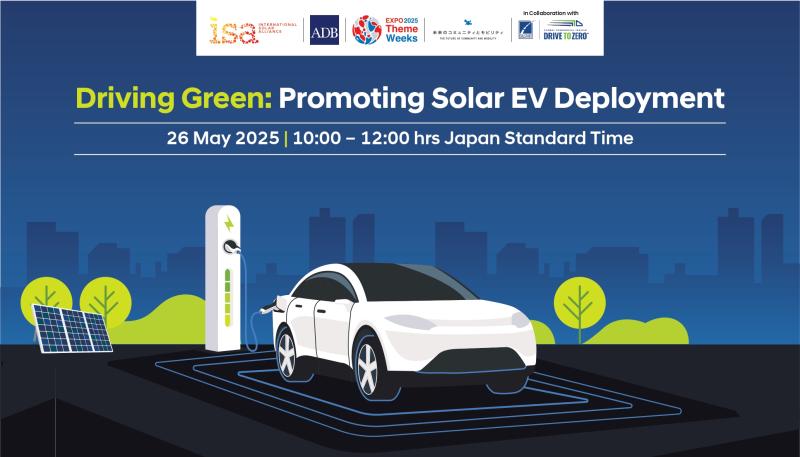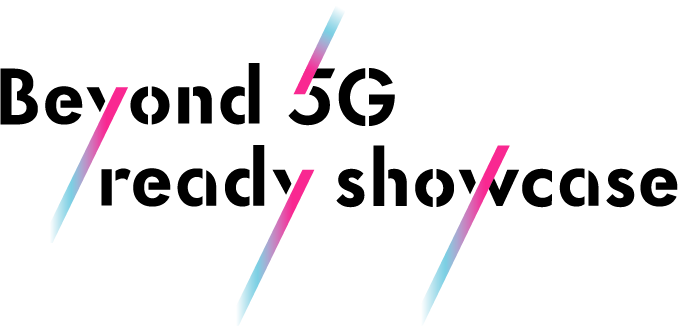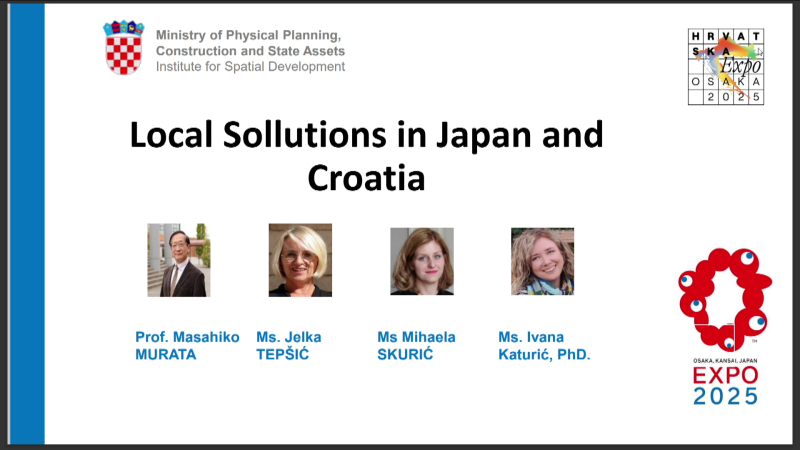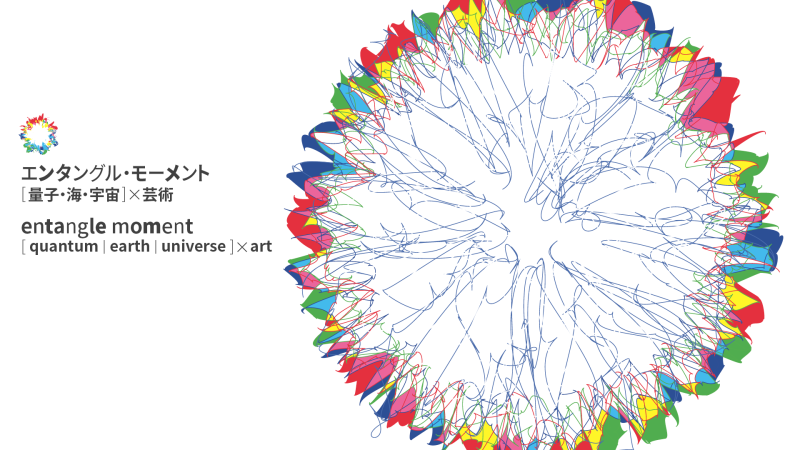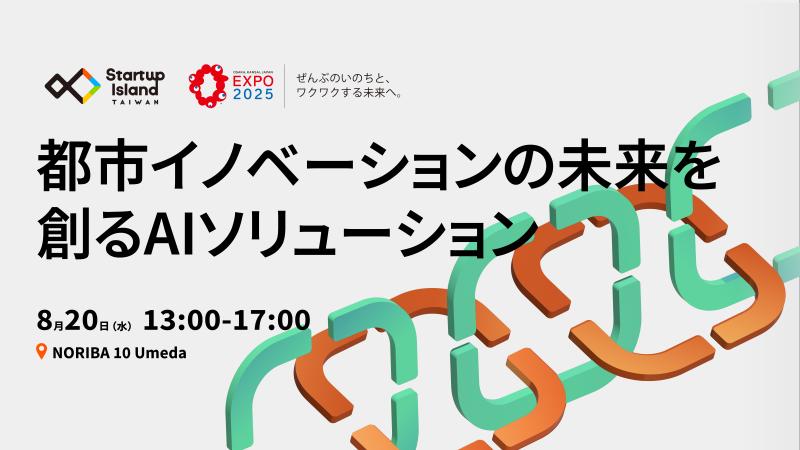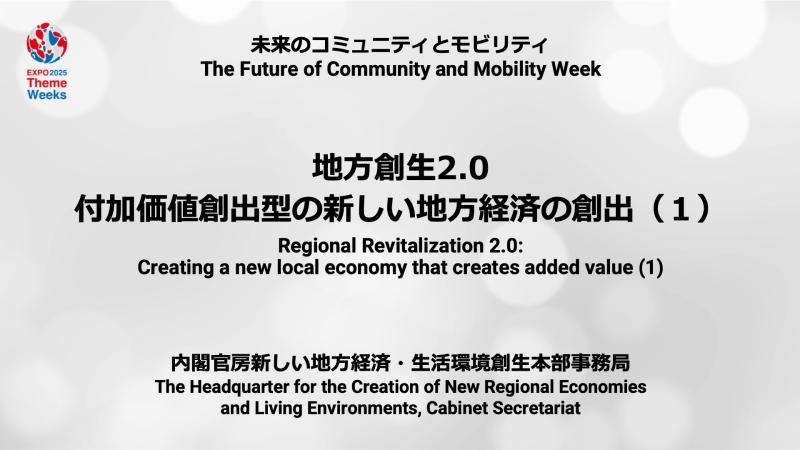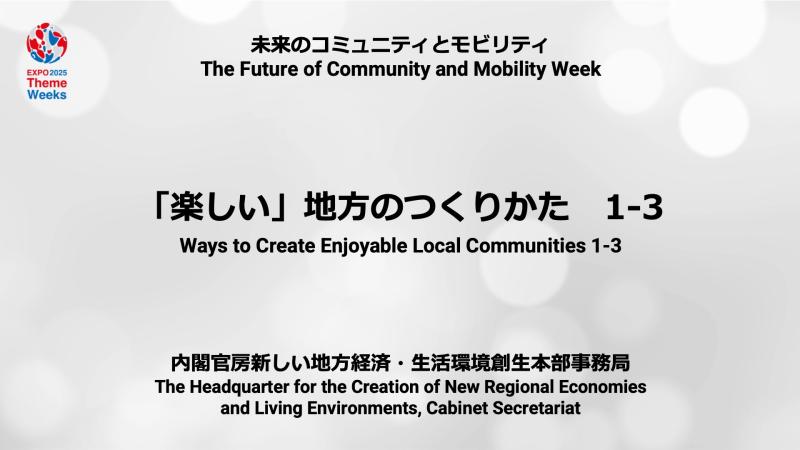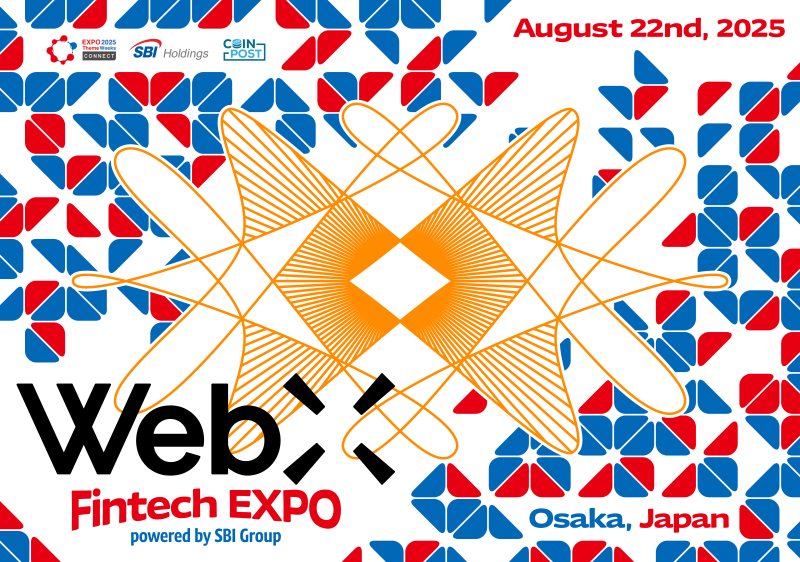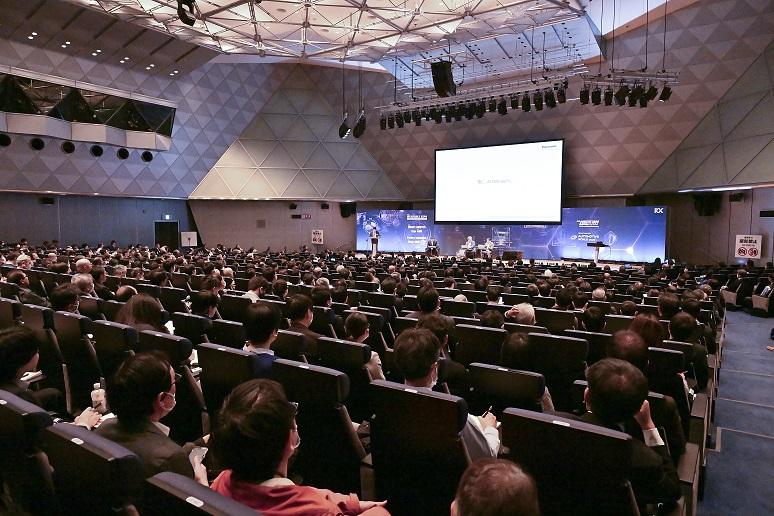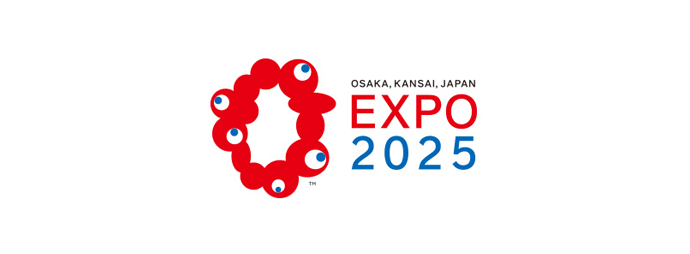The Future of Community and Mobility Week
Digital Twin Perspectives - Real and Virtual City Futures
Ministry of Land, Infrastructure, Transport and Tourism (MLIT)
Develop a spatial experience device that combines a Head Mounted Display (HMD) that provides an immersive VR experience and a chair that allows visitors to experience vibration and gravity.
Integrate 3D city models (PLATEAU) and 3D models of the Expo site to provide visitors with a new driving experience that moves between virtual and real space.
Recorded video available
Exhibition
- Smart cities
- Metaverse
- Digital garden cities
| Transmission of simultaneous interpretation | Not provided |
|---|---|
| Language of interpretation | Japanese |
-
Track Programme
- Time and
Date of
the event -
-
2025.05.20[Tue]
15:00 ~ 20:00
(Venue Open 15:00)
-
2025.05.21[Wed]
2025.05.23[Fri]
10:00 ~ 20:00
(Venue Open 10:00)
-
2025.05.24[Sat]
10:00 ~ 18:00
(Venue Open 10:00)
-
- Venue
- Others (Inside Venue)
- GALLERY WEST
Programme details
**Subtitles: Choose “Subtitles/CC” in the “Settings” (gear icon) at the bottom right of the YouTube video.
*Subtitles may not show with multiple languages or overlapping audio.
Develop a spatial experience device that combines a Head Mounted Display (HMD) that provides an immersive VR experience and a chair that allows visitors to experience vibration and gravity.
Integrate 3D city models (PLATEAU) and 3D models of the Expo site to provide visitors with a new driving experience that moves between virtual and real space.
Other exhibits related to PLATEAU will also be presented.
Reports
【Reflection】
In this program, the Ministry of Land, Infrastructure, Transport and Tourism (“MLIT”) showcased Japan’s digital technologies by featuring immersive VR devices built on the 3D city models promoted under Project PLATEAU, and by presenting use cases that leverage these models.
Project PLATEAU advances the development, utilization, and open-data release of 3D city models to drive digital transformation in urban planning and support the realization of human-centered city development.
All exhibits were aligned with the Theme Week titled “The Future of Communities and Mobility: What is a community where we can live as we are?” and provided opportunities to engage with visitors.
Exhibition Room 1: Immersive Installation within 3D City Models
Visitors experienced a new sense of urban mobility through a “driving experience” that seamlessly merged PLATEAU’s 3D city models with the 3D model of the Expo site, allowing them to transition between virtual and real environments. This experience offers a new form of bodily perception enabled by digital technology. It also serves as an opportunity to gain fresh insights into the concept of “the city”—insights that cannot be fully grasped through physical space alone—demonstrating the potential future of communities and mobility.
Exhibition Room 2: Use Case Exhibition by PLATEAU Partners
Through three showcases—a demonstration of unmanned-robot operations and autonomous-driving simulations, a community-design experience using XR technology, and a large-scale evacuation simulation—participants explored new forms of future mobility, intuitive engagement in urban planning, and new approaches to urban disaster resilience.
On the day of the exhibition, a diverse audience—from children to seniors, both domestic and international—visited the displays and shared feedback such as “It was fascinating,” “I was amazed by the realism of the city models,” and “I felt a glimpse of the future.” Questions and comments regarding the use case exhibits by PLATEAU partners were lively, providing valuable insights into audience expectations and concerns around digital-twin technologies for cities.
Through this exhibition, the MLIT believes it successfully showcased the potential of digital-twin technologies and their applications in innovative urban development to both domestic and international audiences. Moving forward, MLIT will continue advancing the development, utilization, and open-data release of 3D city models to realize urban environments that are accessible and comfortable for all.
【Post EXPO Initiatives】
Project PLATEAU has reached its sixth year since its launch, and the coverage of its 3D city models has expanded to approximately 250 municipalities nationwide. At the same time, diverse use cases have been developed across both public and private sectors, and social implementation is underway. In fiscal year 2025, Project PLATEAU will continue to drive full-scale social implementation through its initiatives.
For details on the fiscal year 2025 initiatives, please refer to the following press release:
https://www.mlit.go.jp/report/press/toshi03_hh_000167.html
The latest information on Project PLATEAU is posted on the official website. Please take a look:
https://www.mlit.go.jp/plateau/
More Information
The Future of Community and Mobility Week
Digital Twin Perspectives - Real and Virtual City Futures
Develop a spatial experience device that combines a Head Mounted Display (HMD) that provides an immersive VR experience and a chair that allows visitors to experience vibration and gravity.
Integrate 3D city models (PLATEAU) and 3D models of the Expo site to provide visitors with a new driving experience that moves between virtual and real space.
-
2025.05.20[Tue]
15:00~20:00
(Venue Open 15:00)
-
2025.05.21[Wed]
10:00~20:00
(Venue Open 10:00)
-
2025.05.24[Sat]
10:00~18:00
(Venue Open 10:00)
- Others (Inside Venue)
- * Programme times and content are subject to change. Any changes will be announced on this website and via the ticket booking system.
- * The schedule is subject to change depending on the organiser's circumstances.
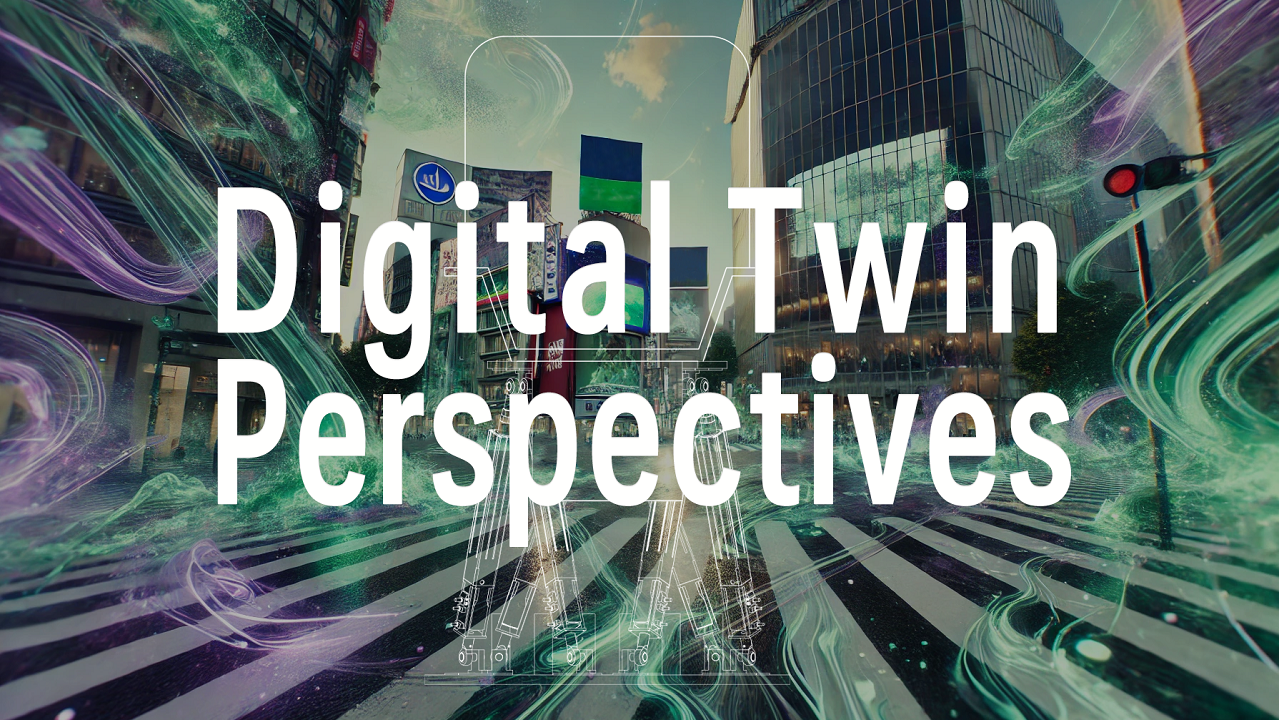
OTHER PROGRAM
The Future of Community and Mobility Week



